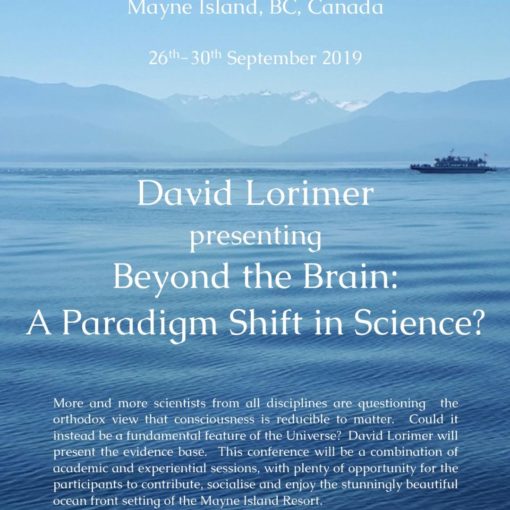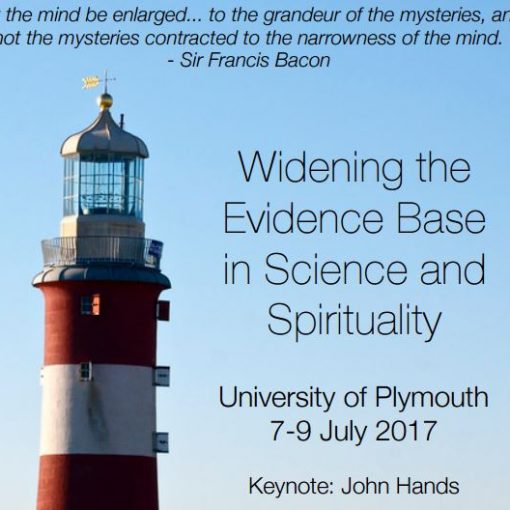The standard view in evolution is that life developed through behaviors which optimize survival of species. But an organism’s behavior is driven by reward, by seeking conscious pleasure, or avoiding pain and fear. Evolutionary biology (like most neuroscience and philosophy) considers consciousness and feelings to have emerged from complex computation among brain neurons or simpler systems, but fail to identify an emergent threshold or mechanism. Panpsychist and Eastern philosophical approaches consider consciousness to be primary and/or ubiquitous, but fail to show how it arose or causally drives biological behavior. The Penrose ‘OR’ (Objective Reductions) theory suggests self-collapse of quantum wavefunctions occurs ubiquitously, resulting in proto-conscious moments which are random and disconnected, some of which may include pleasurable feelings. The Penrose-Hameroff ‘Orch OR’ theory suggests that quantum computations of microtubules in brain neurons ‘orchestrate’ OR moments into full, rich conscious experience. It is suggested here that life originated and evolved billions of years ago in the ‘primordial soup’ in which dopamine-like molecules in ‘Oparin micelles’ began to have OR proto-conscious moments. Some of these were pleasurable, and provided a feedback fitness function for self-organization and evolution to optimize pleasure and avoid pain. Human evolution continues to optimize pleasure, including hedonism, altruism and spirituality.
STUART HAMEROFF MD is a professor of anesthesiology and psychology, and director of the Center for Consciousness Studies at the University of Arizona in Tucson. His research has focused on how the brain produces consciousness, and how anesthetics act to erase it. In medical school in the early 70s, Hameroff became interested in information processing and vibrational properties of protein structures called microtubules inside brain neurons. In the mid-1990s he teamed with famed British physicist Sir Roger Penrose to develop the controversial ‘Orch OR’ theory in which consciousness derives from quantum vibrations in microtubules, vibrations connected to the fine-scale structure of the universe. As microtubules have megahertz resonances, Hameroff is working to develop ‘transcranial ultrasound’ (‘TUS’), noninvasive low intensity megahertz ultrasound therapy passed painlessly through the scalp and skull into brains of human subjects to improve mood and cognitive function. Hameroff has written or edited 5 books and over a hundred scientific articles. He directs the Center for Consciousness Studies which organizes the well-known conference series ‘The Science of Consciousness’. See www.quantumconsciousness.org and www.consciousness.arizona.edu.
[ls_content_block id=”21057″]




